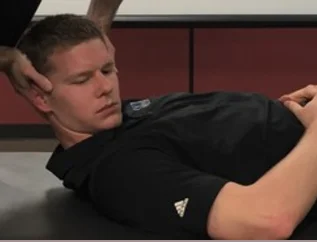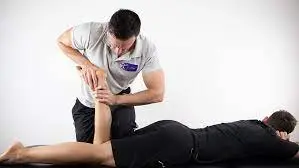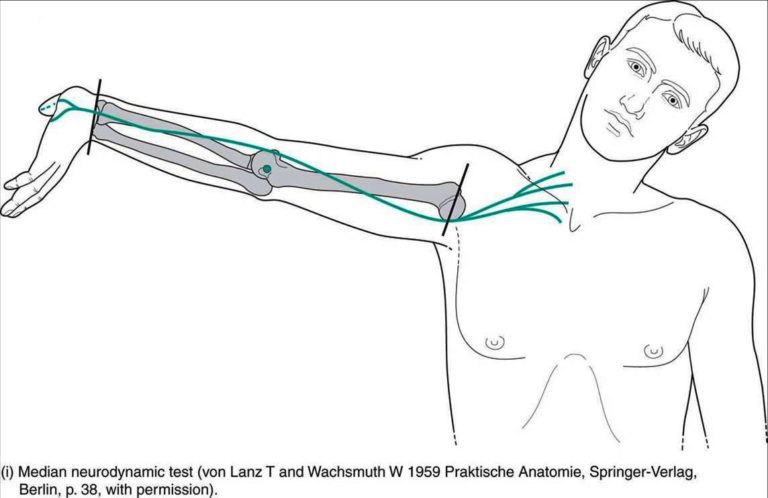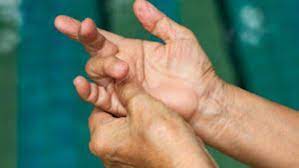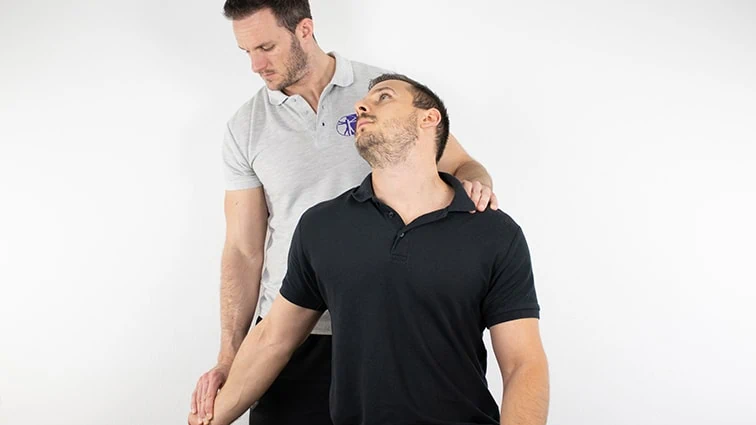Cranio-cervical Flexion Test (CCFT)
Table of Contents
Introduction
The Craniocervical Flexion Test (CCFT) is a clinical assessment used by healthcare professionals, particularly physiotherapists, to evaluate the activation and strength of the deep cervical flexor muscles in the neck. These muscles are important for stabilizing the neck and head during movements, and their weakness or dysfunction can lead to chronic neck pain, headaches, and other related conditions.
This test is a clinical examination test of neuromotor control for the activation and strength of the deep flexor muscles of the cervical spine mainly the longus capitis, and colli. In the craniocervical flexion test, the subject performed a “yes” which is the anatomical action of the Deep Cervical flexor muscles, against pressure biofeedback(PBF).
History
The craniocervical flexion test (CCFT) has been developed for over fifteen years. CCFT is founded on the idea of how different motor control and muscle morphology result in impairments of the low back, a similar vision occurred to be relevant to the cervical spine (longus colli, longus capitus) as well.
In addition, Janda suggested that the deep cervical flexors were meaningful in helping the movement segments and maintaining the cervical lordotic curve. this test was developed in reaction to improved interest in the functional parts of muscles, specifically in active spinal segment stabilization, and the clinical condition for more directed and clear therapeutic activities for patients with neck pain disorder. Since 2001, the test has generally been used in research.
Purpose of the Cranio-cervical Flexion Test
The craniocervical flexion test is mostly used for nerve and muscle-related conditions of the deep cervical flexor muscles, the muscles are longus capitis, and the colli. this test evaluates the deep cervical flexors and the interaction of the deep cervical flexor muscles with the superficial flexors, i.e. the Sternocleidomastoid and the anterior scalene muscles. It can even be used as a clinical indicator of damaged activation of the deep cervical flexor muscles, to calculate the muscle action of the deep and superficial cervical muscles, or as a treatment procedure.
Technique of Cranio-cervical Flexion Test
The position of patient is in a supine crook lying position, and their neck is in a neutral position. The neutral position of the neck can be visually defined by holding a flat face position between the forehead and chin, and following that a line crossing the neck longitudinally is similar to the treatment table. If significant, the therapist can induct towels beneath the patient’s head to get a neutral position on the neck and head. Before completing the examination, an uninflated pressure sensor (= PBU or pressure biofeedback unit) must be put beneath the neck so that it senses the occiput. The pressure sensor is inflated to a steady baseline pressure of 20 mmHg.
Testing position
The pressure biofeedback (PBF) unit will provide feedback and direction to the patient to perform the required phases of the test:
- The patient is mandated to push the head vertically (as if saying ‘yes’). The action is performed gently and gradually.
- This nodding movement causes the force of the inflated force sensor to rise.
- For the first stage of the test, the pressure should rise by 2 mm Hg.
- The patient is told to keep this position for 10 seconds.
- Then the patient rests back to 20 mm Hg to raise the pressure again this time to 24 mm Hg utilizing the same action and holding for 10 seconds.
- The patient has to do this until he/she has achieved a pressure of 30 mm Hg.
- This test should be repeated double without fatigue.
- Flexion of the neck needs activation of the deep cervical flexors.
- The superficial cervical flexor muscles cannot be used to achieve this motion.
- The therapist should produce awareness of compensatory strategies.
- There may be a loss of the neutral position of the neck and head.
- There may be an observable or visual contraction of the sternocleidomastoid and scalene muscles.
Calculation and Interpretation
- The activation score shows the activation of the deep cervical flexor muscle system.
- The performance index is a word used to understand the isometric endurance of this muscle.
Activation score = The highest pressure level the subject can achieve and maintain for a period of 10 seconds.
Performance index = The number of periods the subject can keep the pressure level achieved in the activation out of a max of 10 repeats.
Clinical Importance
There is reason to accept that an impaired and slowed activation of the deep cervical flexor muscles causes headaches.
Increased activation of the superficial neck muscles donates to the expansion of motor dysfunction following a neck injury.
The craniocervical flexion test [CCFT] indicates impairments of the deep cervical flexors in patients with long-term tension-type headaches.
Subjects with neck pain showed an altered version in the CCFT test
With an increase in the craniocervical flexion range, there was an increased demand for deep cervical flexor muscles.
A modest correlation (R2=0.16 ) between the activity of external muscles and pain power was noted, however, there are many aspects that could affect this.
This test while completed in asymptomatic adults specified and increased activation of the sternocleidomastoid, larger variability in the flexion range, and a lower ability to achieve a marked force as compared to younger subjects.
Treatment procedure
The subjects can fulfill the craniocervical action (“Yes” like nod) in the supine position after completing a pure craniocervical action the advance could be to keep this against pressure biofeedback with rising levels of pressure held
Validity: Construct fact has been shown to be good. The discriminating fact of the CCFT is not as effective. One study noticed that the CCFT fails to determine between those with current neck pain, those with a history of neck pain but no current pain, and those without neck pain.
FAQ
The craniocervical Flexion Test (CCFT) is clinically used for neuromotor control that evaluates the power and persistence of the deep cervical flexors. In this test, the individual must produce a “yes”-like nod—anatomically the Deep Cervical Flexors—against pressure biofeedback.
In the craniocervical flexion test (CCFT), there are deep cervical flexor muscles tested,
Muscles :the longus capitis, and colli.
Craniocervical flexion is a low-load test that evaluates a subject’s capacity to gently execute and maintain a precise upper cervical flexion motion without voluntarily flexing the mid and lower cervical spines. Position: The patient is placed in a supine position while the test is being conducted.
Radiography-based neuro-anatomical assessment is often used to identify craniocervical instability. The technique with the highest accuracy is called digital motion x-ray.
Craniocervical Junction: Craniocervical Instability If craniocervical instability is present, it can be detected by MRI scans. This illness may result in ongoing headaches and a sense of weight in the head.

